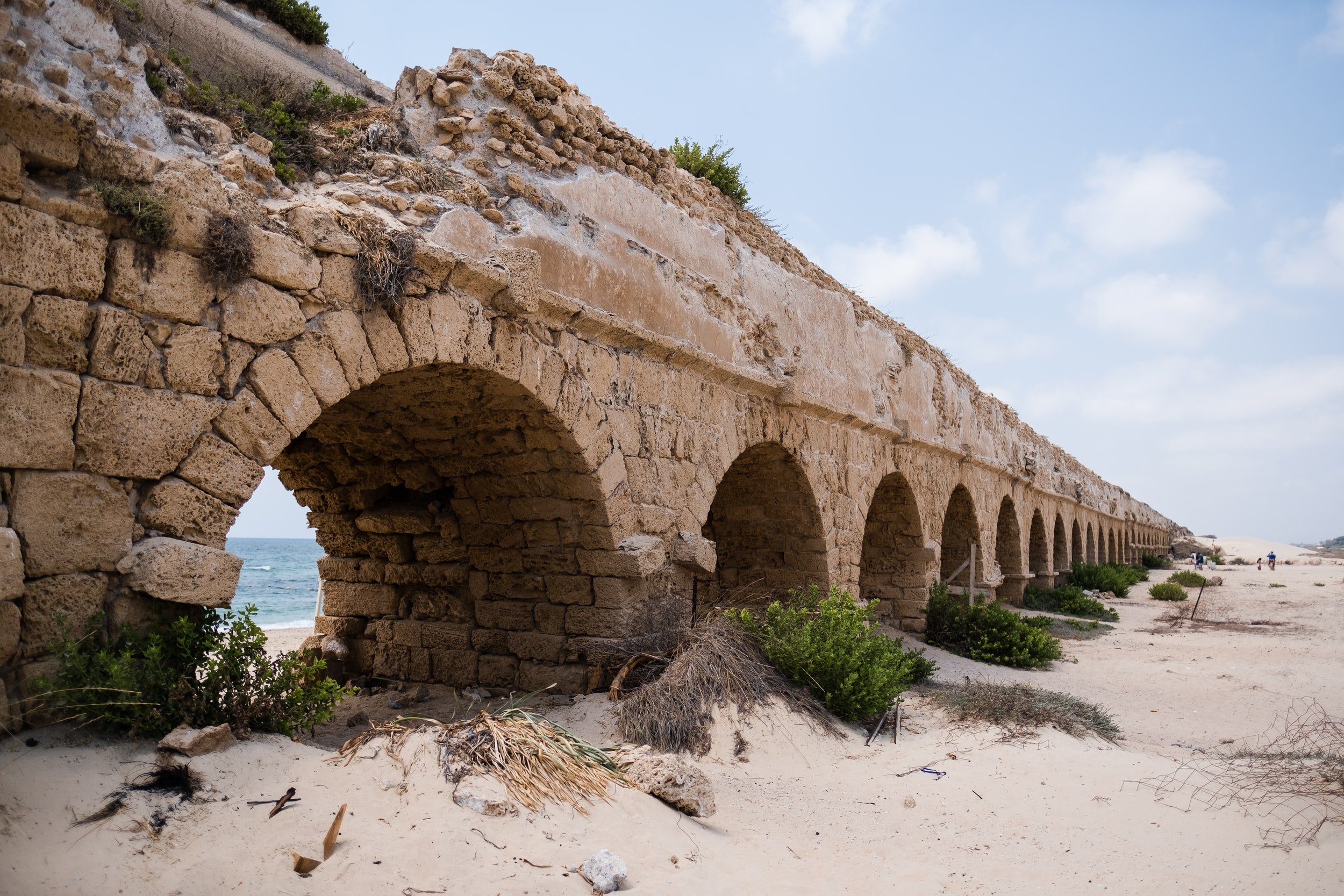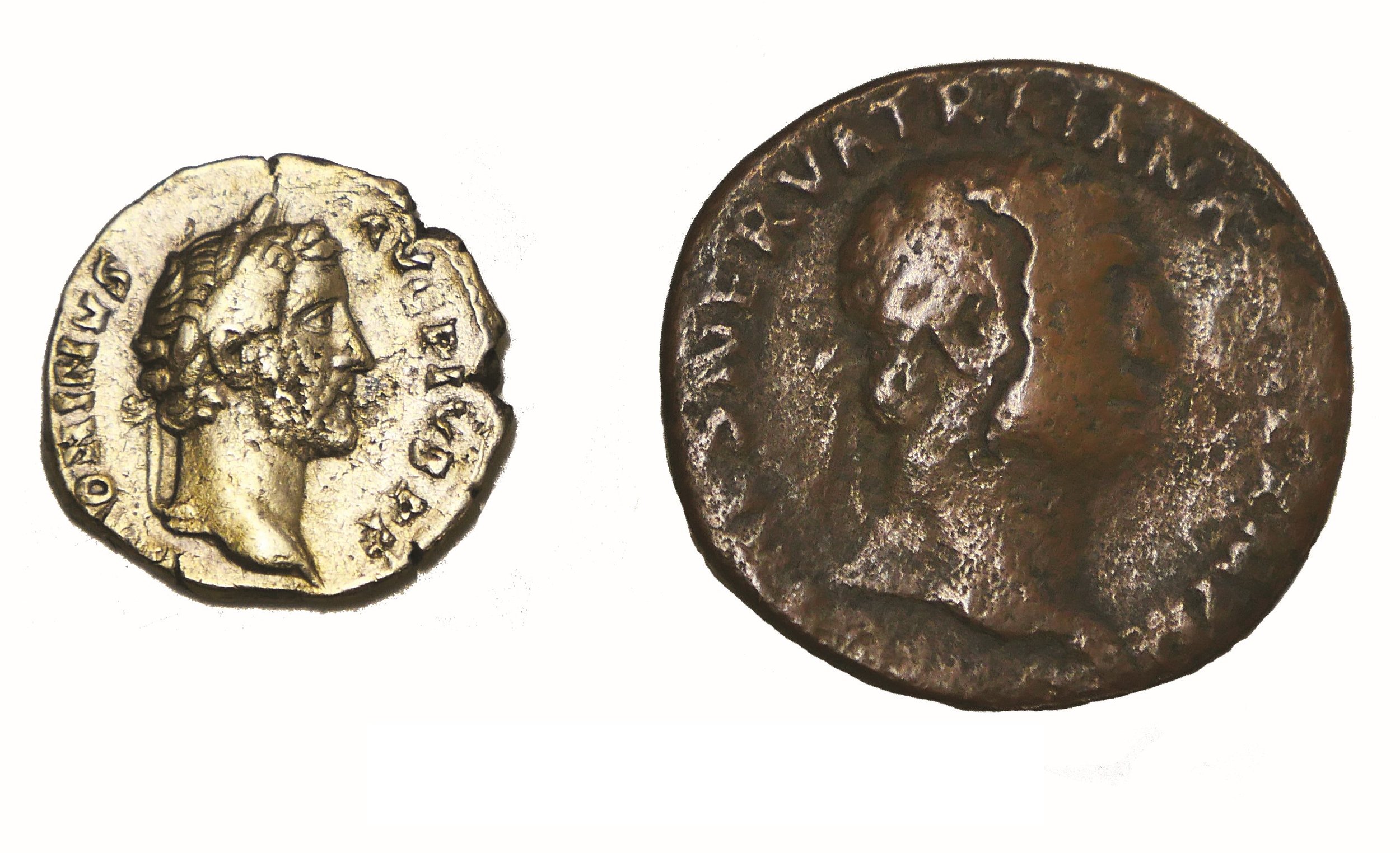
From Rome to Glywysing
The Romans conquered south-east Wales in AD 73/4. This was bloody and violent and would likely have caused a major shock wave. Many people would have been killed or enslaved, while others would have collaborated.
By about AD 120 the region was essentially pacified by an occupying force. The Roman approach to rule was to get the locals to manage themselves, as long as they paid their taxes. Roman rule lasted until AD 410 when the legions were withdrawn from Britain to bolster the empire elsewhere, although serious social disruption had been occurring since the 350s with raiding from the Bristol channel by the Irish and others.
No upstanding earthworks dating to the Roman period have yet been identified at Caerau. However, excavations within the interior of the hillfort have revealed a range of features dating from the first century AD to the late fourth century AD. A ‘midden’ (rubbish heap) was identified on the southern side of the hillfort which appeared to have built up over a cobbled area or yard. Pottery from this deposit suggests a build-up of material over a considerable period, perhaps several centuries, and indicates fairly extensive occupation within the interior of the hillfort at this time. A possible rectangular structure was located immediately adjacent to this midden and may have been associated.
The occupation is broadly contemporary with that at Ely Roman villa located in nearby Trelai Park which can be seen from the hilltop. A villa is a lavish Roman-style house at the centre of an estate. It’s likely that Ely Roman villa was occupied by the descendants of a native Late Iron Age elite family, while the community occupying the hillfort at this time may have been tenants or slaves of the family that owned that house.

